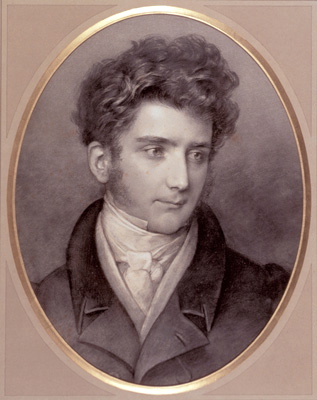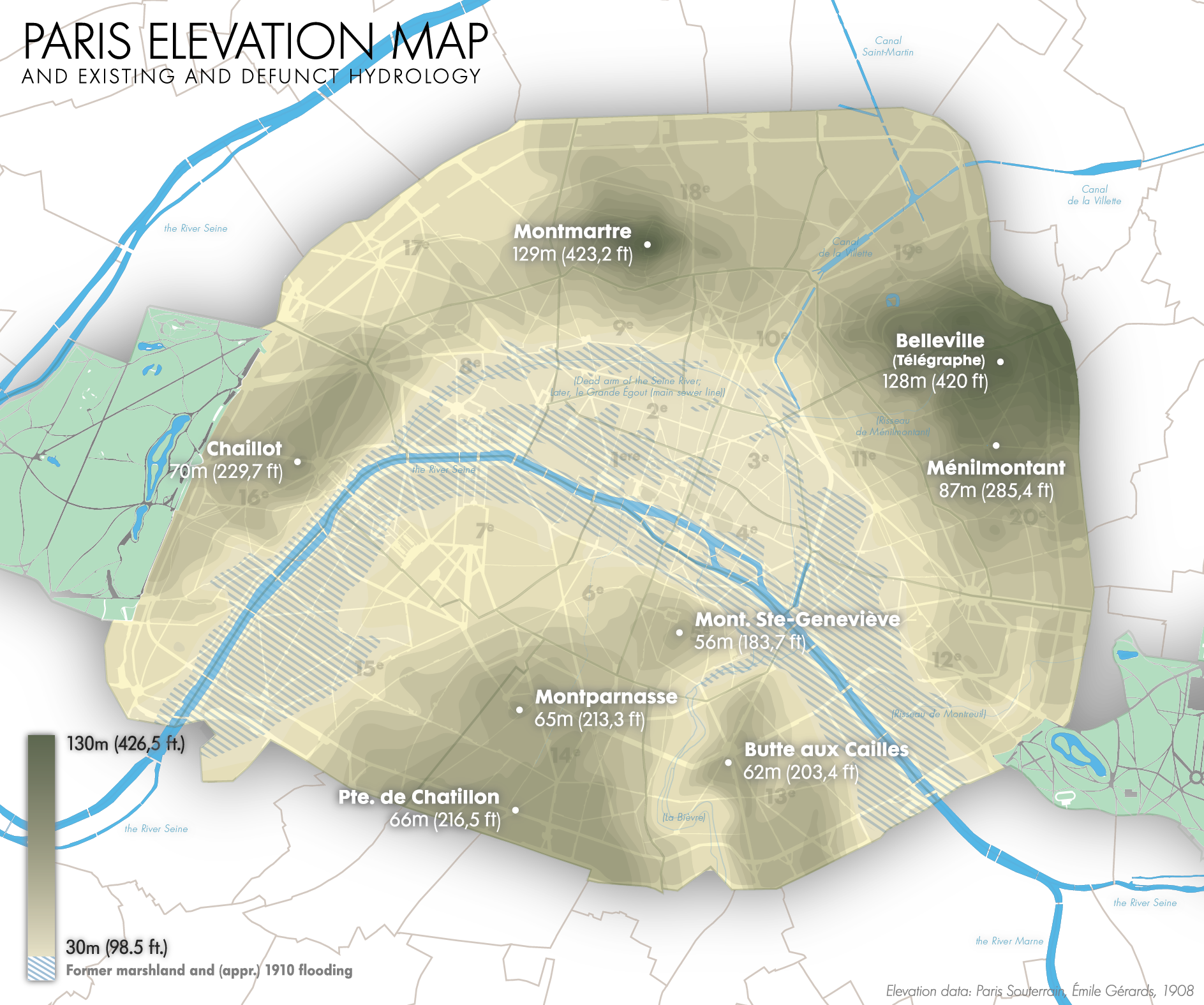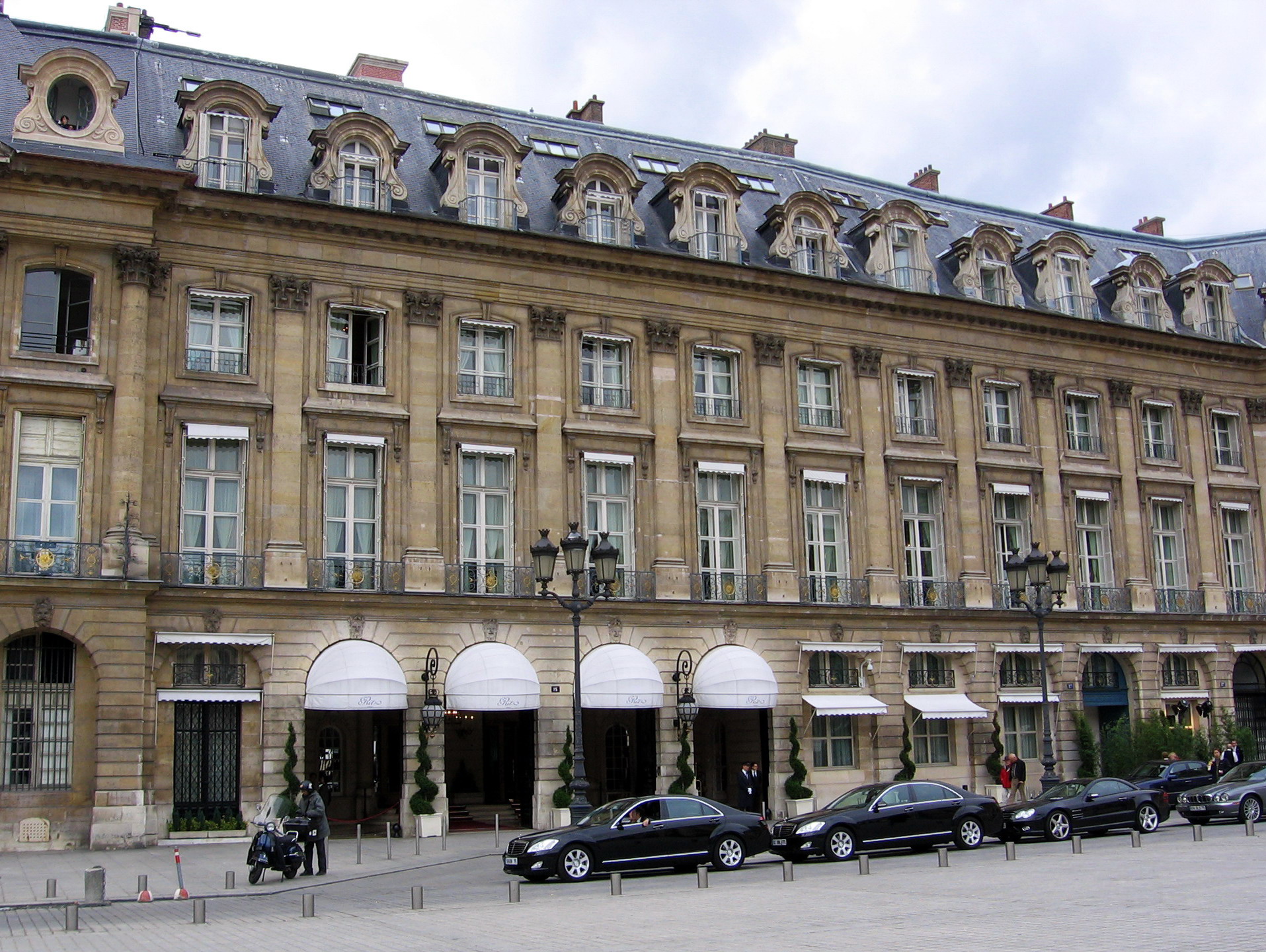|
Saint-Simonianism
Saint-Simonianism was a French political, religious and social movement of the first half of the 19th century, inspired by the ideas of Claude Henri de Rouvroy, comte de Saint-Simon (1760–1825). Saint-Simon's ideas, expressed largely through a succession of journals such as ''l'Industrie'' (1816), ''La politique'' (1818) and ''L'Organisateur'' (1819–20)Hewett, 2008 focused on the perception that growth in industrialization and scientific discovery would have profound changes on society. He believed that society would restructure itself by abandoning traditional ideas of temporal and spiritual power, an evolution that would lead, inevitably, to a productive society based on and benefiting from, a " ... union of men engaged in useful work"; the basis of "true equality". Saint-Simon's writings Saint-Simon's earliest publications, such as his ''Introduction aux travaux scientifiques du XIXe siècle (Introduction to scientific discoveries of the 19th century)'' (1803) and his ''M� ... [...More Info...] [...Related Items...] OR: [Wikipedia] [Google] [Baidu] |
Claude Henri De Rouvroy
Claude Henri de Rouvroy, comte de Saint-Simon (17 October 1760 – 19 May 1825), often referred to as Henri de Saint-Simon (), was a French political, economic and socialist theorist and businessman whose thought had a substantial influence on politics, economics, sociology and the philosophy of science. He is a younger relative of the famous memoirist the Duc de Saint-Simon. Saint-Simon created a political and economic ideology known as Saint-Simonianism that claimed that the needs of an ''industrial class'', which he also referred to as the working class, needed to be recognized and fulfilled to have an effective society and an efficient economy.Keith Taylor (ed, tr.). ''Henri de Saint Simon, 1760-1825: Selected writings on science, industry and social organization''. New York, USA: Holmes and Meier Publishers, Inc, 1975. pp. 158–161. Unlike conceptions within industrializing societies of a working class being manual labourers alone, Saint-Simon's late-18th-century conception ... [...More Info...] [...Related Items...] OR: [Wikipedia] [Google] [Baidu] |
Le Globe
''Le Globe'' was a French newspaper, published in Paris by the Bureau du Globe between 1824 and 1832, and created with the goal of publishing Romantic creations. It was established by Pierre Leroux and the printer Alexandre Lachevardière. After 1828, the paper became political and Liberal in tone. The Aide-toi, le ciel t'aidera association's organ was first ''Le Globe'' and then ''Le National''. Charles Renouard was among the liberals who opposed the Bourbon Restoration. He was a member of the "Aide-toi" society and participated in the creation of the ''Globe''. He was the lawyer for this journal, and contributed to it regularly from 1825 to 1827. Goethe was a regular subscriber from 1824 and declared it "among the most interesting periodicals" and that he "could not do without it." The Saint-Simonists bought the newspaper in 1830, and was the official voice of the movement under the July Monarchy. ''Le Globe'' is notably as the first French periodical to introduce the term ... [...More Info...] [...Related Items...] OR: [Wikipedia] [Google] [Baidu] |
Claude Henri De Rouvroy, Comte De Saint-Simon
Claude Henri de Rouvroy, comte de Saint-Simon (17 October 1760 – 19 May 1825), often referred to as Henri de Saint-Simon (), was a French political, economic and socialist theorist and businessman whose thought had a substantial influence on politics, economics, sociology and the philosophy of science. He is a younger relative of the famous memoirist the Duc de Saint-Simon. Saint-Simon created a political and economic ideology known as Saint-Simonianism that claimed that the needs of an ''industrial class'', which he also referred to as the working class, needed to be recognized and fulfilled to have an effective society and an efficient economy.Keith Taylor (ed, tr.). ''Henri de Saint Simon, 1760-1825: Selected writings on science, industry and social organization''. New York, USA: Holmes and Meier Publishers, Inc, 1975. pp. 158–161. Unlike conceptions within industrializing societies of a working class being manual labourers alone, Saint-Simon's late-18th-century conception ... [...More Info...] [...Related Items...] OR: [Wikipedia] [Google] [Baidu] |
Suez Canal
The Suez Canal ( arz, قَنَاةُ ٱلسُّوَيْسِ, ') is an artificial sea-level waterway in Egypt, connecting the Mediterranean Sea to the Red Sea through the Isthmus of Suez and dividing Africa and Asia. The long canal is a popular trade route between Europe and Asia. In 1858, Ferdinand de Lesseps formed the Suez Canal Company for the express purpose of building the canal. Construction of the canal lasted from 1859 to 1869. The canal officially opened on 17 November 1869. It offers vessels a direct route between the North Atlantic and northern Indian oceans via the Mediterranean Sea and the Red Sea, avoiding the South Atlantic and southern Indian oceans and reducing the journey distance from the Arabian Sea to London by approximately , or 10 days at to 8 days at . The canal extends from the northern terminus of Port Said to the southern terminus of Port Tewfik at the city of Suez. In 2021, more than 20,600 vessels traversed the canal (an average of 56 per day). T ... [...More Info...] [...Related Items...] OR: [Wikipedia] [Google] [Baidu] |
Gustave D'Eichthal
Gustave Séligmann d'Eichthal (3 March 1804, Nancy, Meurthe-et-Moselle - 9 April 1886, Paris) was a French writer, publicist, and Hellenist. Life At the age of thirteen he became a convert to Roman Catholicism from Judaism, and when he left the Lycée Henri IV in 1822, he became a disciple of Auguste Comte, who initiated him into the doctrines of Saint-Simon (and later Barthélemy Prosper Enfantin), to the propagation of which he devoted a part of his fortune. In 1832 d'Eichthal went to Greece, and on his return to Paris in 1836 published "Les Deux Mondes," containing his reflections on the Orient. He now began to advocate the use of Greek as a universal language, and published many works, among which were: "Les Trois Grands Peuples Méditerranéens et le Christianisme," Paris, 1864; "Origines Bouddhiques de la Civilisation Américaine," in the "Revue Archéologique," Sept., 1864, and April, 1865; and "Texte Primitif du Premier Récit de la Création," Paris, 1875; reprinted afte ... [...More Info...] [...Related Items...] OR: [Wikipedia] [Google] [Baidu] |
Olinde Rodrigues
Benjamin Olinde Rodrigues (6 October 1795 – 17 December 1851), more commonly known as Olinde Rodrigues, was a French banker, mathematician, and social reformer. In mathematics Rodrigues is remembered for Rodrigues' rotation formula for vectors, the Rodrigues formula about series of orthogonal polynomials and the Euler–Rodrigues parameters. Biography Rodrigues was born into a well-to-do Sephardi Jewish family in Bordeaux. He was awarded a doctorate in mathematics on 28 June 1815 by the University of Paris. His dissertation contains the result now called Rodrigues' formula. After graduation, Rodrigues became a banker. A close associate of the Comte de Saint-Simon, Rodrigues continued, after Saint-Simon's death in 1825, to champion the older man's socialist ideals, a school of thought that came to be known as Saint-Simonianism. During this period, Rodrigues published writings on politics, social reform, and banking. In 1840 he published a result on transformation groups, which ... [...More Info...] [...Related Items...] OR: [Wikipedia] [Google] [Baidu] |
Amand Bazard
Saint-Amand Bazard (18 September 179129 July 1832) was a French socialist, the founder of a secret society in France corresponding to the Carbonari of Italy. Biography He was born in Paris. He took part in the defence of Paris in 1815, and afterwards occupied a subordinate situation in the prefecture of the Seine département. At 25 years of age, he was appointed a knight of the Legion of Honor. About 1820, he united some of his patriotic friends into a society called ''Amis de la vérité''. From this, a complete system of Carbonarism developed, whose peculiar principles were introduced from Italy by two of Bazard's friends. Bazard himself was at the head of the central body, and, while taking a general lead, contributed extensively to the Carbonarist journal, ''L'Aristarque''. An unsuccessful outbreak at Belfort ruined the society, and the leaders were compelled to conceal themselves. Bazard, after remaining for some time in obscurity in Paris, came to the conclusion that ... [...More Info...] [...Related Items...] OR: [Wikipedia] [Google] [Baidu] |
Ménilmontant
Ménilmontant () is a neighbourhood of Paris, situated in the city's 20th arrondissement. It is roughly defined as the area north of the Père Lachaise Cemetery, south of Parc de Belleville, and between ''Avenue Jean-Aicard'' on the west and ''Rue Pelleport'' on the east. The neighborhood includes an 87 m (285.4 ft) high hill, making it the third-highest neighborhood in Paris (after Montmartre and neighboring Belleville). Throughout much of the Middle Ages, what is now known as Ménilmontant was a rural hilltop hamlet within the independent commune (municipality) of Belleville, where wealthy Parisians vacationed. By the 19th century, as a result of the industrial revolution and urbanization, Ménilmontant quickly grew to include a large immigrant and working-class population, and in 1860, it was, like other suburbs surrounding the French capital, annexed into the city of Paris. By the mid-late 20th century, many artists, musicians, students, and hippies began to move into th ... [...More Info...] [...Related Items...] OR: [Wikipedia] [Google] [Baidu] |
Franz Liszt
Franz Liszt, in modern usage ''Liszt Ferenc'' . Liszt's Hungarian passport spelled his given name as "Ferencz". An orthographic reform of the Hungarian language in 1922 (which was 36 years after Liszt's death) changed the letter "cz" to simply "c" in all words except surnames; this has led to Liszt's given name being rendered in modern Hungarian usage as "Ferenc". From 1859 to 1867 he was officially Franz Ritter von Liszt; he was created a ''Ritter'' (knight) by Emperor Franz Joseph I of Austria, Francis Joseph I in 1859, but never used this title of nobility in public. The title was necessary to marry the Princess Carolyne zu Sayn-Wittgenstein without her losing her privileges, but after the marriage fell through, Liszt transferred the title to his uncle Eduard in 1867. Eduard's son was Franz von Liszt., group=n (22 October 1811 – 31 July 1886) was a Hungarian composer, pianist and teacher of the Romantic music, Romantic period. With a diverse List of compositions by Franz L ... [...More Info...] [...Related Items...] OR: [Wikipedia] [Google] [Baidu] |
Spiritualism
Spiritualism is the metaphysical school of thought opposing physicalism and also is the category of all spiritual beliefs/views (in monism and dualism) from ancient to modern. In the long nineteenth century, Spiritualism (when not lowercase) became most known as a social religious movement according to which the laws of nature and of God include "the continuity of consciousness after the transition of death" and "the possibility of communication between those living on Earth and those who have made the transition". The afterlife, or the " spirit world", is seen by spiritualists not as a static place, but as one in which spirits continue to evolve. These two beliefs—that contact with spirits is possible, and that spirits are more advanced than humans—lead spiritualists to a third belief: that spirits are capable of providing useful insight regarding moral and ethical issues, as well as about the nature of God. Some spiritualists will speak of a concept which they refer ... [...More Info...] [...Related Items...] OR: [Wikipedia] [Google] [Baidu] |
Crédit Mobilier
The Crédit Mobilier (full name Société Générale du Crédit Mobilier, "general company for movable ollateral-backedcredit") was a French banking company created by the Pereire brothers, and one of the world’s most significant and influential financial institutions in the mid-19th century. The Crédit Mobilier had a major role in the financing of numerous railroads and other infrastructure projects by mobilizing the savings of middle class French investors as capital for vast lending schemes. Its operations resulted in vast debts for the countries which accepted its infrastructure loans, and the bank was thus indirectly involved in European encroachment on countries whose governments subsequently defaulted on these loans, not least during the worldwide economic depression of the 1870s. It became a powerful and dynamic funding agent for major projects in France, Europe, North Africa and the world at large. As Napoleon III redeveloped Paris, the Crédit Mobilier speculated o ... [...More Info...] [...Related Items...] OR: [Wikipedia] [Google] [Baidu] |
Messiah
In Abrahamic religions, a messiah or messias (; , ; , ; ) is a saviour or liberator of a group of people. The concepts of ''mashiach'', messianism, and of a Messianic Age originated in Judaism, and in the Hebrew Bible, in which a ''mashiach'' is a king or High Priest traditionally anointed with holy anointing oil. Χριστός, Greek for the Hebrew Messiah occurs 41 times in the LXX and the Hebrew Bible. ''Ha-mashiach'' (), often referred to as ' (), is to be a Jewish leader, physically descended from the paternal Davidic line through King David and King Solomon. He is thought to accomplish predetermined things in a future arrival, including the unification of the tribes of Israel, the gathering of all Jews to ''Eretz Israel'', the rebuilding of the Temple in Jerusalem, the ushering in of a Messianic Age of global universal peace, and the annunciation of the world to come. The Greek translation of Messiah is ''Khristós'' (), anglicized as ''Christ''. Christians commonly ... [...More Info...] [...Related Items...] OR: [Wikipedia] [Google] [Baidu] |








